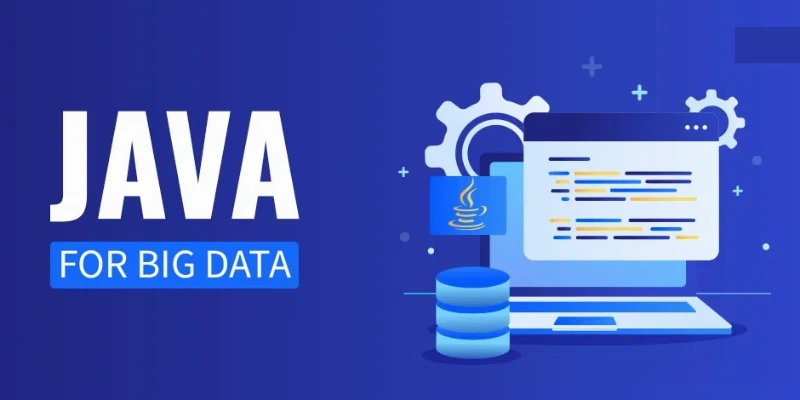
In software development, errors are not just possible, they’re expected. When working with Java, one of the most reliable ways to manage these unexpected situations is through structured exception handling. This approach enables developers to anticipate, detect, and respond to problems in a controlled and efficient manner. By mastering exception handling, developers not only improve code quality but also build more stable and user-friendly applications. For those looking to build strong foundational skills in error handling and control flow, enrolling in Java Classes in Pune can provide essential exposure to real-world debugging scenarios and hands-on learning.
What Is Exception Handling in Java?
Developers can handle issues that arise during program execution by using the exception handling method. In Java, an exception is an object that signals the occurrence of an abnormal condition. The language provides a robust framework to catch and resolve such issues without crashing the application. Java handles exceptions with a try-catch block. When something goes wrong in the try block, control is transferred to a catch block, where you indicate how to resolve the issue.
This not only keeps the application from terminating unexpectedly but also gives the developer flexibility to recover from errors, log them for future analysis, or inform the user in a meaningful way. These practices reinforce good design patterns and encourage a preventive mindset while coding.
Checked vs. Unchecked Exceptions
Java categorizes exceptions into two main types: checked and unchecked. Exceptions that need to be caught or declared using a throws clause in the method signature are known as checked exceptions. They represent errors that a well-written program should anticipate, like file access issues or network errors. Unchecked exceptions, on the other hand, are derived from RuntimeException and typically signal programming mistakes such as accessing a null object or dividing by zero.
Understanding when to use which type of exception is crucial in Java development. For instance, if a method interacts with a database or file system, using checked exceptions might be appropriate. But if you’re validating user input and encounter an unexpected state, an unchecked exception can be more efficient. These distinctions often become clear with experience, which is why learners often benefit from structured guidance and project-based exploration offered through platforms Java Training in Dindigul.
The Role of the Finally Block
When managing resources in Java, it’s important to ensure they are released properly. That’s where the final block comes in. It always runs after the try and catch blocks, regardless of whether an exception occurred. This is useful for closing files, releasing database connections, or cleaning up temporary data.
If these resources are not closed, performance problems or corrupted data may result. Java is the most preferred programming language by software developers, partly because of its strong memory management features, including the use of the finally block. Developers who understand the significance of this block can prevent memory leaks and other subtle bugs that are difficult to trace. This block enhances the reliability of an application and simplifies the cleanup process, making the code more maintainable in the long term.
Creating and Throwing Custom Exceptions
Sometimes, the built-in exceptions in Java don’t fully capture the context of an error. In such cases, developers can create their own exceptions by extending the Exception class. Custom exceptions make it easier to diagnose and handle specific issues, improving overall code readability.
For example, in a financial application, throwing an InsufficientBalanceException is far more descriptive than using a generic error. This form of tailored exception handling is a sign of mature code design and demonstrates a deep understanding of application requirements. As developers grow in experience, they often find that creating custom exceptions allows for clearer contracts between different layers of an application. These advanced practices are regularly applied in collaborative development environments, especially in team-based exercises during Java Training in Kanchipuram where learners simulate real-time error management.
Best Practices for Handling Exceptions
While Java offers flexibility in handling exceptions, it’s easy to misuse the system if not careful. Catching generic exceptions or swallowing errors without logging them are common mistakes. It’s important to catch only those exceptions you can actually recover from and allow others to propagate up the call stack if necessary.
Meaningful error messages are also vital. They not only help during debugging but also assist users in understanding what went wrong. Avoid vague messages or exposing internal application logic. A balanced approach to logging, reporting, and responding to exceptions is key to building trustworthy software systems.
By practicing these best practices, developers ensure their applications are more secure, maintainable, and efficient. And for those still learning the ropes, a strong foundation in Java exception handling often begins with hands-on projects and debugging sessions as offered through focused Courses Java Course in Tirunelveli, which simulate real-time challenges to improve critical thinking under pressure.
Exception handling in Java is not just about avoiding crashes it’s about writing smarter code. It encourages developers to plan ahead, think defensively, and maintain control over the application’s behavior even in the face of failure. Proper use of exceptions promotes cleaner design, better user communication, and more stable applications.
Whether you’re building desktop software, mobile apps, or enterprise platforms, knowing how to handle exceptions effectively is a skill that sets you apart. If you’re committed to refining your Java skills and writing resilient applications, focusing on exception handling is a step in the right direction. Prioritizing strong exception-handling practices not only improves the stability of your software but also deepens your understanding of how Java works under pressure.
Also Check: What Is JVM And Its Architecture
